VIENNA — In patients with rheumatoid arthritis (RA), Janus kinase inhibitors (JAKi) are associated with a substantially greater risk for herpes zoster, but the risk for other types of infections is about the same and often numerically lower relative to biologic disease-modifying antirheumatic drugs (bDMARDs), according to new data from the JAK-pot study.
"In the real world, we found no significantly greater risk of serious or nonserious infections, with the exception of herpes zoster," said Romain Aymon, a statistician in the Department of Rheumatology at the University Hospital of Geneva, Geneva, Switzerland.
 Romain Aymon
Romain AymonThis finding is the latest analysis generated by JAK-pot, a collaboration of 20 national registries to answer real-world questions about the efficacy and safety of JAKi in rheumatic diseases. These data have already been used to address such issues as relative rates of discontinuation for JAKi vs bDMARDs and to compare outcomes of RA patients who are switched to a bDMARD vs those who are cycled to another JAKi.
The main conclusion — that JAKi, relative to bDMARDs for RA, is associated with an increased risk for herpes zoster but not other types of infections — is not a surprise, according to Floris A. van Gaalen, MD, PhD, a clinician and researcher in the Department of Rheumatology, Leiden University, Leiden, the Netherlands.
 Floris A. van Gaalen, MD
Floris A. van Gaalen, MD"There are a number of risks with JAK inhibitors that have generated concern, but I think most clinicians are aware that they should be warning patients about herpes zoster," said van Gaalen, who was not involved in the study. He believes the risk is sufficient to warrant a discussion with patients about taking the herpes zoster vaccine prior to treatment.
"It is nice to have data indicating that risk of other infections is no higher with JAKi than other treatment options, but I am not sure this has been a big concern," he said. "But I do think more information about other types of risks would be helpful."
Relative Risk for Infection on JAKi Is Unclear
Although the greater risk for herpes zoster with JAKi vs bDMARDs is well established, the relative risk for other types of infections has been unclear, according to Aymon. One reason is that some, but not all, of the initial pivotal trials and safety studies associated JAKi with an increased risk for opportunistic infections, Aymon said.
The JAK-pot data, presented at the European Alliance of Associations for Rheumatology (EULAR) 2024 Annual Meeting, provide real-world data that shed light on this controversy, Aymon said.
Of the 20 national registries now providing data to JAK-pot, only 14 were included in this analysis. The study required data on infection rates from the time that JAKi became commercially available, which narrowed the data pool.
For this analysis, JAKi, which included tofacitinib (Xeljanz), baricitinib (Olumiant), upadacitinib (Rinvoq), and filgotinib (Jyseleca), were compared separately and together with two groups of bDMARDs. One consisted of the tumor necrosis factor inhibitors (TNFi), infliximab, etanercept, adalimumab, certolizumab pegol, or golimumab. The other was composed of bDMARDs with other modes of action (OMA). This group included abatacept, rituximab, sarilumab, and tocilizumab.
More Than 50,000 Exposures Included in Analysis
From the pooled registry, data were gathered from 13,374 courses of JAKi, 25,049 courses of TNFi, and 16,482 courses of OMA. There were some differences between these groups, including a significantly lower median age for those in the JAKi pool (57.1 years vs 58.3 and 60.5 years for TNFi and OMA, respectively) and median disease duration (8.3 years vs 11.0 and 11.9 years, respectively).
A greater proportion of patients on TNFi were naive to therapy (44.6%), compared with either JAKi (20.2%) or OMA (16.1%). More patients in the TNFi pool (60.0%) were also on concomitant therapy than those in the JAKi pool (49.5%) or the OMA pool (51.9%).
Other characteristics such as disease activity, body mass index, and percentage of smokers were comparable.
When TNFi was used as the reference, there were no significant differences in the rate of all infections, the rate of all infections excluding herpes zoster, and all serious infections. In all three groups, the incidence rates were numerically but not significantly lower in patients on JAKi vs OMA. With the exception of serious infections, for which the adjusted incidence of JAKi was 0.99 relative to TNFi, both JAKi and OMA had numerically higher incidence rate ratios than TNFi.
Herpes Zoster Risk on JAKi Is > Twofold Higher
Because the CIs overlapped in all cases, none of the differences were significant. The exception was herpes zoster. The 1.07 incidence rate ratio for OMA was not significantly different than the TNFi reference, but the 2.27 rate ratio for JAKi far exceeded either of the other two comparators (95% CI, 1.17-3.02).
In a separate analysis of patients at least 55 years of age with at least one cardiovascular risk factor, the numerical differences between groups were narrower and thus did not reach statistical significance, even for herpes zoster. Although the herpes zoster rate ratio was 1.62 for JAKi vs 1.23 for OMA (TNFi as the reference was 1.0), the CI for JAKi (0.86-3.03) overlapped both.
Based on a Poisson regression analysis, this study took into account a wide variety of variables, including age, disease activity, comorbidities, and tobacco use, Aymon said. He noted that the analyses were performed on data from each registry as well as with the pooled data, and the data were reasonably consistent.
Initially, the investigators had planned to evaluate differences between therapy groups, if any, for COVID-19 infection, but differences in the availability and use of vaccinations among the countries where the registries were maintained made this analysis too complicated to conduct.
Aymon reported no potential conflicts of interest, but some coauthors reported financial relationships with manufacturers of both bDMARDs and JAKi. van Gaalen reported financial relationships with AbbVie, Bristol Myers Squibb, Eli Lilly, Merck Sharp & Dohme, Novartis, and UCB.

.webp) 1 week ago
8
1 week ago
8

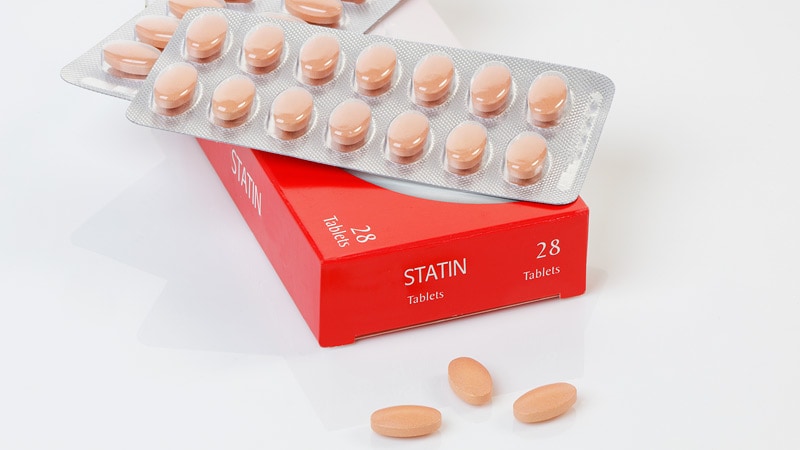

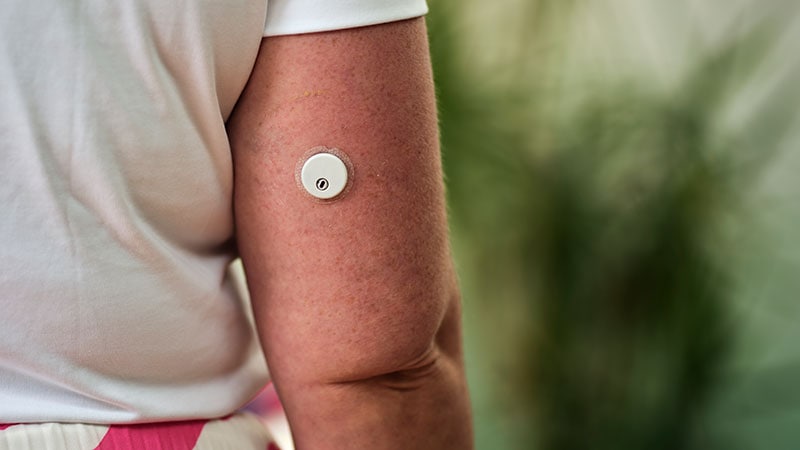

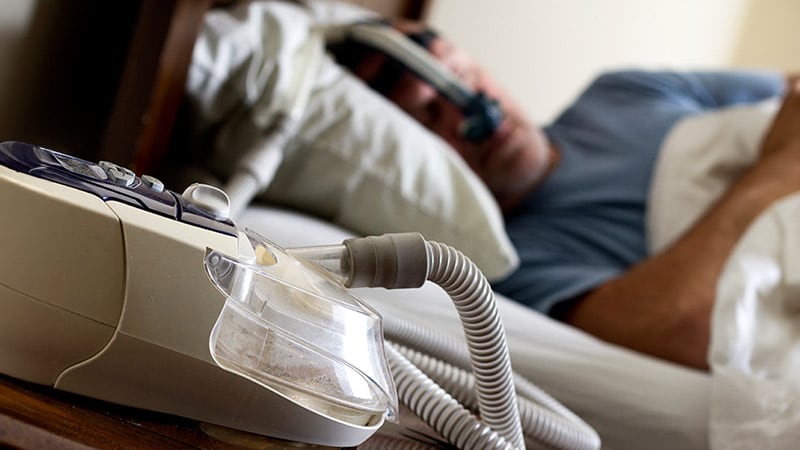
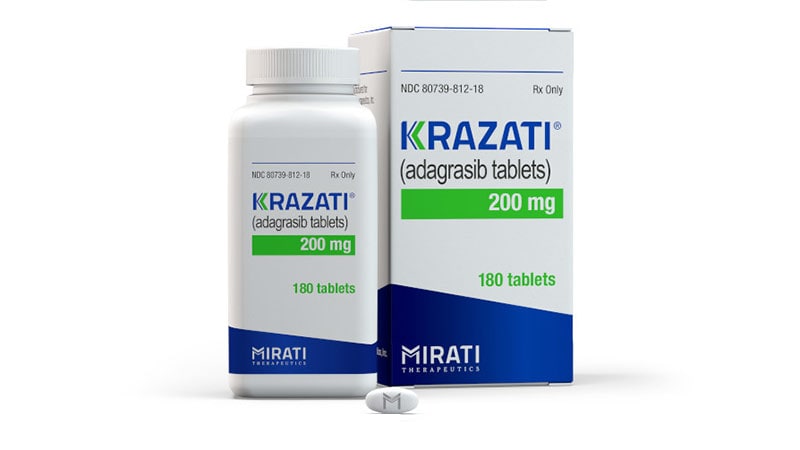





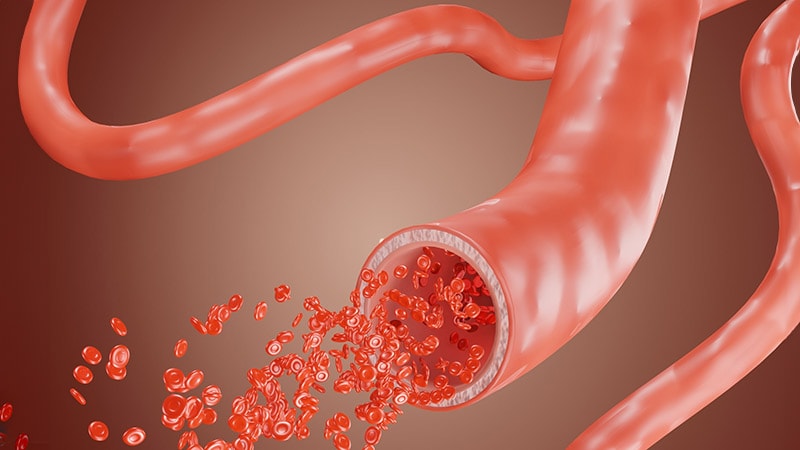












 English (US)
English (US)